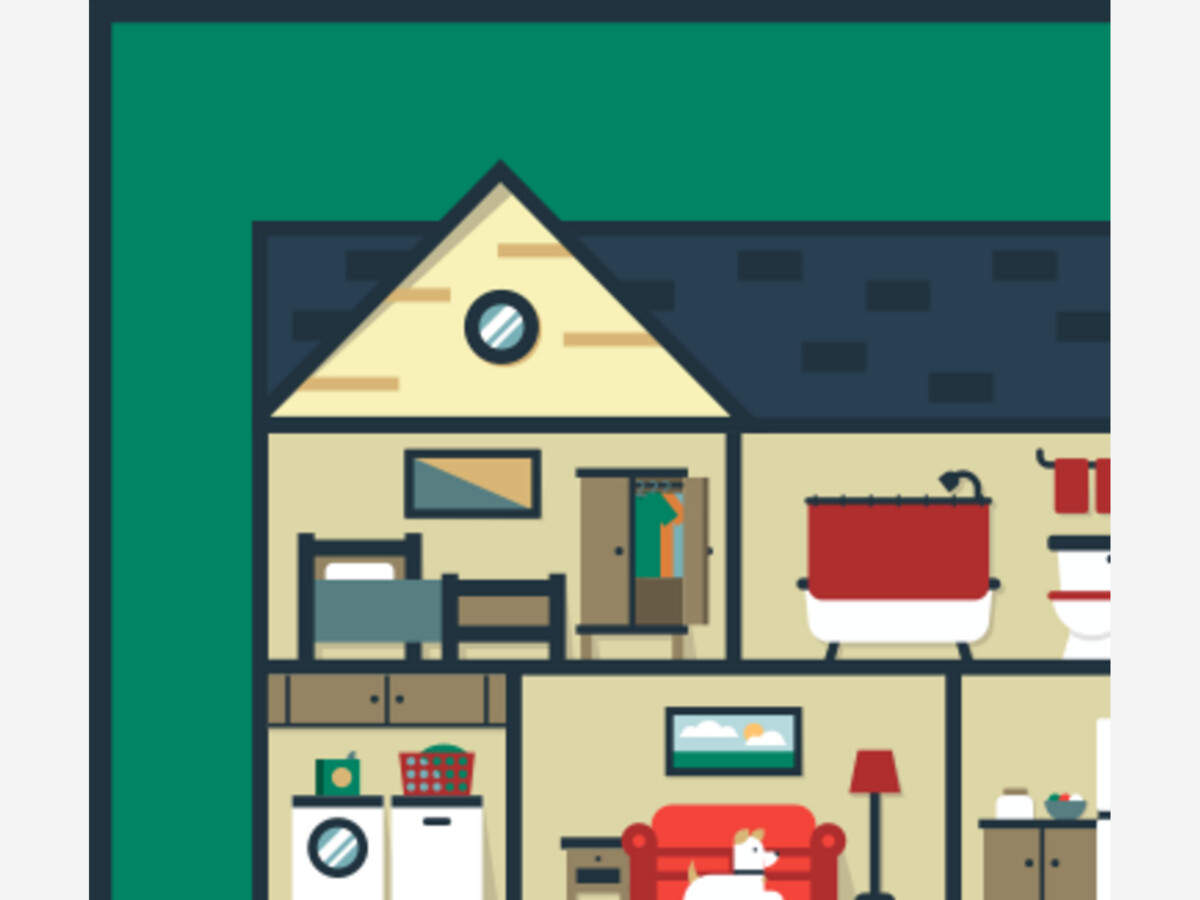Starting a life with a new and exuberant friend is exciting, however, it also comes with a number of preparations in order to make sure your home is pet-friendly.
To help prepare for your pet, use the guide below to ensure you have all of the supplies, beginner tips and home safeguards prepared before you have four little paws running around your house.
How To Pet Proof Your Home
Preparation is key! Before your new friend arrives, every room in the house has to be scoured for hazards.
There are some general rules of thumb to consider right off the bat in order to keep your pet in its place:
- Pet proof gates: Put up child gates to keep your pup in a specific area. You might be surprised by how nimble a new pet can be – opt for a gate with vertical bars rather than a netting to guarantee that they can’t scramble up and over the obstacle.
- Check your doors: Make sure doors close properly, so they can’t be knocked open with a simple push. Puppies will try to get into everything and may nudge against a door until it opens.
- Secure your doorknobs: Some door handles can be pulled down to release the locking mechanism. Add a bolt lock if necessary.
- Keep your blinds out of reach: Venetian blinds are a favorite target for dogs who want to see squirrels and delivery drivers out of your windows – pull these kind of blinds open when you leave the dog for any length of time to avoid destruction.
- Many people keep puppies in the kitchen during the potty training stage because tile floors are easier to clean when faced with accidents, but the kitchen can also be one of the most dangerous rooms in the house for your dog.
- Secure your cabinets: Investing in childproof latches will keep dogs from pulling out every piece of tupperware and chewing on pot lids.
- Move anything poisonous: Place cleaning materials, medicines, vitamins and any chemicals that might cause illness in a higher place – above the fridge often works.
- Trash is dangerous: Your pet can be drawn to all the weird smells in your trashcan and eating garbage can make your dog very sick. Putting trash under the sink in a secure cabinet or in a metal can with a lid with a latch is imperative. Also secure your can to the wall if it is out in the open – pets will knock over the can to get at the goods inside.
- Keep people food out of reach: It’s important to know that certain types of food such as grapes and chocolate are treats for people, but are toxic for dogs. Beyond that, even packaging can be troublesome. Twist ties and plastic bags can be very dangerous for your pet to ingest.
- A new pet will get into everything and try to chew whatever it can, sometimes even the furniture. With that in mind, the living room has a number of hazards to consider.
- Hide wiring and cover sockets: Some dogs like to chew wires and destroy computer cords. In addition to the damage, there is a chance of electrocution, so make sure you tend to all wires and sockets.
- Secure games and toys: The small pieces in these items can cause a dog to choke, plus I’m sure you’d prefer to have all of the hotels in your Monopoly set so keep them in a secure location.
- Check your plants: Many plants are poisonous, such as sago palms, lilies, azaleas and tulips. Before beautifying with greenery, check this list from the Humane Society.
- Move breakable items up high: Anything that can be shattered should be taken off the ground. Puppies don’t have a concept of valuables and can easily smash a vase into dangerous shards.
- Secure the fireplace: Put a fire screen up to keep your pet from being scorched by fire or embers that might fly up from the hearth. Even when the fire isn’t burning, ash can get everywhere if you let your dog anywhere near it. Don’t forget to keep wood, fire starter logs and matches or lighters secure. Dogs will gnaw on anything and these will make them sick.
- Toothbrush and toothpaste: While it might not be easy, try to brush your dog’s teeth regularly. There is special toothpaste that has tastes dog’s love, like peanut butter. This will avoid expensive tooth cleaning appointments later in your dog’s life.
With the right preparation, attitude towards safety and tools of the trade, you will be all set to welcome home your new best friend. For updates, subscribe to our free newsletter! Support your local news!
